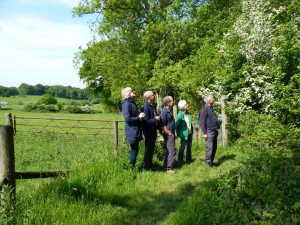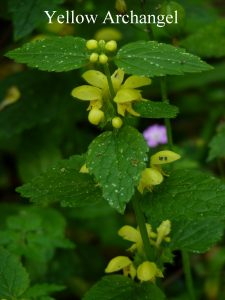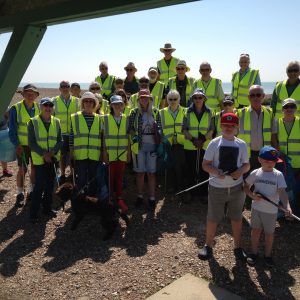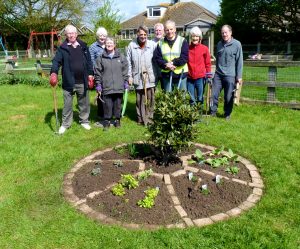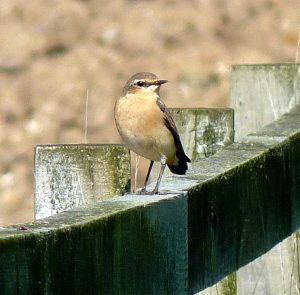Jenny Watkins from British Divers Marine Life Rescue (BDMLR) gave a fascinating, illustrated presentation covering 30 years of Marine Mammal Rescue in the UK. BDMLR was founded in 1988 and is the only charity covering England, Wales and Scotland totally dedicated to the rescue of marine life such as whales, dolphins, porpoises and seals. They are funded entirely by donations.
Jenny explained that BDMLR has its own network of trained volunteer marine mammal medics which respond to calls regarding distressed and stranded marine wildlife 24 hours a day, 365 days a year. They are also called upon by the other emergency services such as HM Coastguard, Fire Brigade, Police, RSPCA and SSPCA and also train their staff.
The BDMLR use a wide range of equipment in their rescues strategically placed throughout the UK to deal with strandings of marine animals, oil spills and fishing gear entanglement. This equipment includes rescue boats, equipment trailers, whale and dolphin pontoon sets, a whale disentanglement kit and regional medic kits with essential supplies.
The BDMLR are keen to train more Marine Mammal Medics and you don’t have to be a diver as people from all walks of life are covered in their medic base. You do need to have a positive attitude and don’t mind being wet and cold and the rest is taught on their Marine Mammal Medic Course. For more information on courses please contact: www.bdmlr.org.uk
Between 1988 and 2018 BDMLR trained 20,000 volunteers and around 18,000 incidents were attended and around 90% were callouts to seals. One of the biggest problems faced is entanglement of wildlife in discarded fishing tackle.
Jenny requested that if you were to find a stranded live sea mammal then to note the place, the state of the tide, and any injuries you can see without getting close and call 01825 765546 during office hours. After 5pm on working days, or at weekends or Bank Holidays call 07787 433412 (this number does not receive texts or pictures).
Nature Notes followed a break for refreshments and this month David Bettiss enlightened us with news of more hedgehog sightings, also that a pair of Stock Doves had taken up residence in the Tawny Owl box in Little Twitten. Many Starlings had been seen locally also Dragonflies and Damselflies around the Rife, the lagoons and Highdown. Twenty wildflower plants had been planted in the Community Orchard including Primrose, Cowslips and Yellow Rattle etc. New herbs had been added to the existing herb bed on the Village Green plus five new trees were recently planted in Little Twitten and Arun DC will be adding several more later this year.
Concluding this month’s meeting Ed Miller kept us up to speed with planning news by advising us that Arun DC had approved the proposed development for 4 x 4 bedroom detached houses at 32 and 34 Sea Lane and also the proposed office block at Hangleton Lane, but the proposed petrol station at ASDA had been refused.

